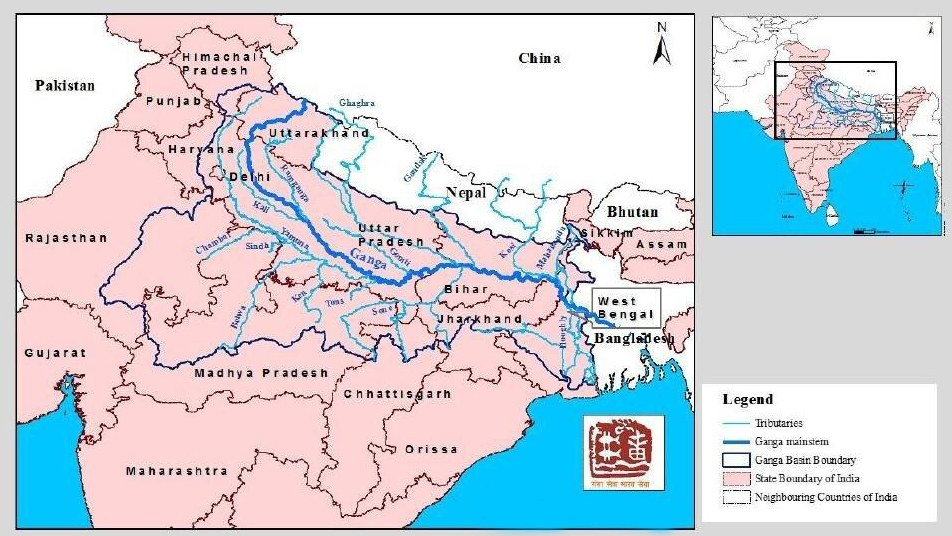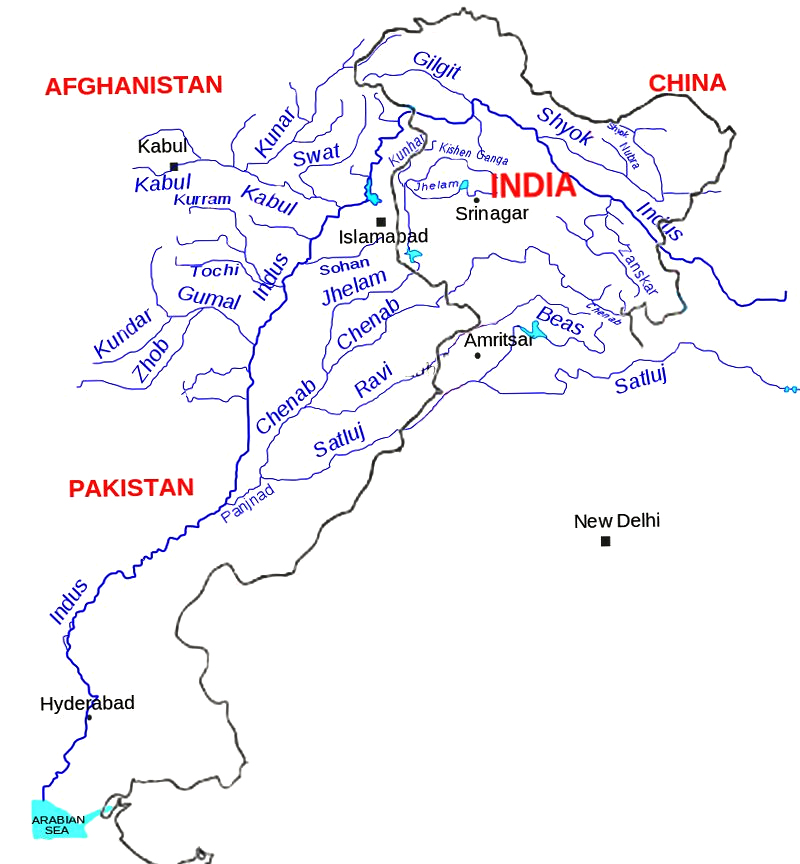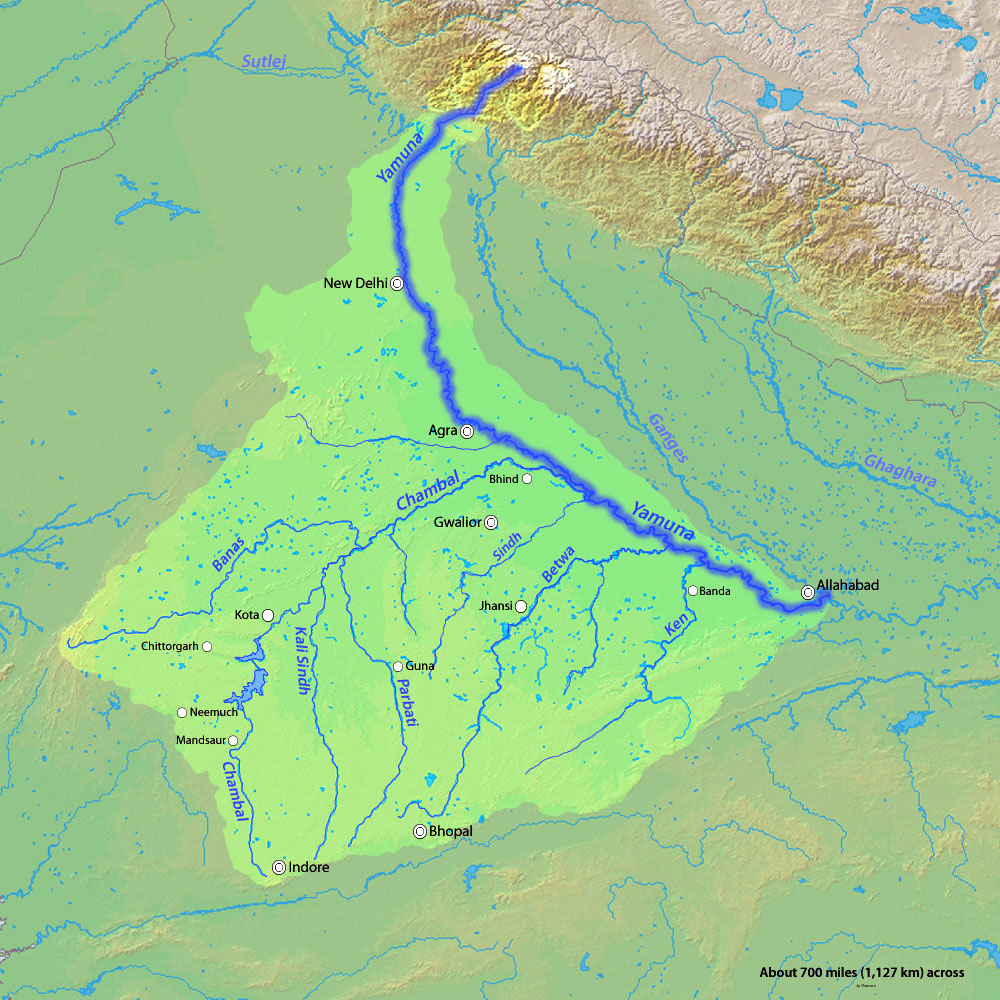Uttar Pradesh Switch to Hindi
New EV Park in Uttar Pradesh
Why in News?
The Uttar Pradesh government is going to establish a Rs 700 crore Electric Vehicle (EV) park in Kanpur as part of its Kanpur Metropolitan Development Vision 2030.
- Spread across 500 acres, the ambitious project will be implemented by the Uttar Pradesh State Industrial Development Authority (UPSIDA).
Note: UPSIDA is the primary government agency responsible for industrial and infrastructure development in Uttar Pradesh.
Key Points
- About the Project:
- Aim: The proposed EV park will boost the local supply chain, promote indigenous manufacturing under the ‘Make in UP’ and ‘Made in UP’ initiatives, and position Kanpur as a hub of industrial innovation in the global EV landscape.
- Strategic Location: The EV park will be set up near Bhimsen in Kanpur, strategically positioned along the Dedicated Freight Corridor (DFC).
- This location offers a logistical edge due to its connectivity to key rail and road networks, ensuring seamless transport of raw materials and finished goods.
- Integration with UP’s Defence and Industrial Corridors: Kanpur, already a significant node in the UP Defence Industrial Corridor, will benefit from this initiative by strengthening its industrial base.
- The park’s manufacturing capabilities will complement the state’s larger economic objectives, which include boosting defense manufacturing, innovation, and regional development.
- Kanpur constitutes among the six nodes of the UP Defence Industrial Corridor (UPDIC). The other five nodes are Lucknow, Agra, Aligarh, Chitrakoot and Jhansi.
- Public-Private Partnership (PPP) Model: The EV park will be developed under a PPP model, aligning private sector efficiency with public infrastructure support.
- Advanced Manufacturing Infrastructure: The park will house state-of-the-art manufacturing units for essential EV components, including:
- Electric motors, Lithium-ion cells, and core electronic systems used in electric vehicles.
- Dedicated R&D Centre: A core feature of the park will be a dedicated Research and Development (R&D) centre focused on innovation in EV technologies.
- This will drive technological advancement at the regional level while contributing to global progress in electric mobility.
- Integrated EV Components Cluster: An integrated cluster will be developed within the park to support the manufacturing of EV components.
- This ecosystem will empower Small and Medium Enterprises (SMEs), Startups, and local entrepreneurs.
- The initiative aims to deepen local participation in the EV value chain and stimulate enterprise-driven innovation.
- Employment Generation: The project is expected to generate both direct and indirect employment, driving economic development in the region.
- About Electric Vehicles:
- About:
- EVs are vehicles that use one or more electric motors for propulsion, instead of traditional internal combustion engines (ICEs) that burn gasoline or diesel.
- Though the concept of electric vehicles has been around for a long time, it has drawn a considerable amount of interest in the past decade amid a rising carbon footprint and other environmental impacts of fuel-based vehicles.
- Types of Electric Vehicles:
- Battery Electric Vehicles (BEVs): Solely rely on battery power for propulsion and produce zero tailpipe emissions.
- Plug-in Hybrid Electric Vehicles (PHEVs): Combine an electric motor with a gasoline engine. They can be charged externally and run on battery power for a limited range, then switch to the gasoline engine for longer journeys.
- Hybrid Electric Vehicles (HEVs): Use both an electric motor and a gasoline engine, but the battery cannot be charged directly by plugging in.
- The battery is charged by the gasoline engine or through regenerative braking.
- About:
EV Policies in India
- 2010: India incentivizes EVs through a Rs 95-crore scheme by the Ministry of New and Renewable Energy (MNRE), offering up to 20% incentives on ex-factory prices. Withdrawn in March 2012.
- 2013: Launch of 'National Electric Mobility Mission Plan (NEMMP) 2020' to boost EV adoption, address energy security, and reduce vehicular pollution. Largely remained unimplemented.
- 2015: Union Budget announces FAME scheme with a Rs 75 crore outlay to incentivize clean-fuel technology cars, targeting 7 million EVs by 2020.
- 2017: The Indian Transport Ministry aims for 100% electric cars by 2030. The plan was scaled down to 30% after industry concerns.
- 2019: Union Cabinet approves Rs 10,000-crore FAME-II scheme to accelerate EV adoption with upfront purchase incentives and charging infrastructure.
- 2023: The 36th GST Council Meeting decided to reduce the GST rate on electric vehicles from 12% to 5% and chargers or charge stations from 18% to 5% to boost the electric vehicle market.
- 2025: The Center has issued detailed guidelines for the Scheme to Promote Manufacturing of Electric Passenger Cars in India (SPMEPCI) to boost domestic EV production.
Madhya Pradesh Switch to Hindi
Floods Triggered by Rising Narmada River in MP
Why in News?
Heavy rains in Madhya Pradesh have resulted in the Narmada River overflowing, causing floods in several districts, particularly Shahdol.
- The rising water levels have prompted authorities to open the gates of the Bargi Dam in Jabalpur, raising concerns of further flooding.
Key Points
- Narmada River
- About:
- The Narmada is a major westward-flowing river in central India, traversing the states of Madhya Pradesh, Gujarat, and Maharashtra.
- The river is fed by 41 tributaries and historically served as a trade and cultural route between the Arabian Sea and the Ganges valley.
- Source and Course of the River:
- The Narmada originates from the Maikala Range in eastern Madhya Pradesh at an elevation of 3,500 feet (1,080 m) near the Chhattisgarh border.
- It flows through Mandla, Jabalpur, and the Marble Rocks Gorge, entering a rift valley between the Vindhya and Satpura ranges.
- The river crosses into Gujarat before draining into the Gulf of Khambhat through a 13-mile (21 km) wide estuary.
- The Narmada drains the northern slopes of the Satpura Range and flows through varied terrains, including the Dhuandhar Falls near Jabalpur.
- Water Resource Development:
- The Narmada is crucial for hydropower generation, irrigation, and drinking water supply across multiple states.
- Major dams on the river include Sardar Sarovar Dam (Gujarat), Indira Sagar Dam (Punasa, MP), Omkareshwar Dam, Bargi Dam, and Maheshwar Dam.
- Narmada Water Dispute:
- Since the 1960s, several states have contested over the river’s water sharing and dam construction.
- In 1969, a tribunal was established to resolve disputes. The Narmada Control Authority (NCA), formed in 1980, implements the tribunal's decisions with representatives from Madhya Pradesh, Gujarat, Maharashtra, Rajasthan, and the Union government.
- Narmada Bachao Andolan (NBA):
- The Sardar Sarovar Dam faced strong opposition due to large-scale displacement.
- The NBA, led by Medha Patkar and Baba Amte, demanded proper rehabilitation for affected communities.
- Their efforts led to delays, World Bank withdrawal in 1993, and intervention by the Supreme Court.
- In 2000, the court allowed the dam’s completion in phases, conditional on the resettlement of displaced populations.
- About:
- Causes of Floods in India:
|
Cause of Floods |
Explanation |
|
Heavy and Erratic Rainfall |
Excessive monsoon rains (June–September) often exceed the soil's absorption capacity and overwhelm drainage systems. |
|
Melting of Glaciers |
Rising temperatures accelerate glaciers and snowmelt in the Himalayas, increasing river discharge downstream. |
|
Cyclones and Coastal Storms |
Severe cyclones bring heavy rainfall, storm surges, and strong winds, flooding coastal and adjoining inland areas. |
|
River Overflow and Breaches |
Rivers exceed their banks due to upstream rain or reduced downstream discharge capacity. |
|
Unplanned Urbanisation |
Rapid, unregulated growth of cities and slums reduces natural drainage and increases vulnerability to urban floods. |
|
Poor Management of Dams and Barrages |
Inadequate regulation and emergency release from dams during heavy rain can worsen flooding downstream. |
|
Impact of Climate Change |
Global warming is leading to erratic and more intense rainfall patterns, raising flood risk. |
|
Inadequate Drainage Infrastructure |
Poorly maintained or clogged drains, especially in urban areas, lead to severe waterlogging during rain. |
- Solutions for Flood Management in India:
- Interlinking of Rivers (ILR) Programme:
- The ILR programme aims to divert surplus water from flood-prone rivers to water-deficient regions, thereby balancing water availability.
- Example: The Ken-Betwa link project, a flagship initiative, is vital for water security and socio-economic upliftment in the Bundelkhand region.
- Reservoir Construction:
- Reservoirs store excess water during high rainfall and release it gradually to control downstream flood peaks.
- Example: The Bhakra Nangal Dam on the Sutlej River helps in flood moderation, power generation, and irrigation.
- Coastal Flood Management:
- Mangroves act as natural barriers against storm surges and coastal flooding, as witnessed during the 2004 Tsunami.
- The MISHTI initiative, launched in the Union Budget 2023–24, promotes large-scale mangrove plantations along India’s coasts.
- Flood Forecasting and Early Warning Systems:
- These systems use meteorological and hydrological data to predict floods and issue timely alerts.
- Example: The Central Water Commission (CWC) runs a nationwide network of forecasting stations issuing daily flood bulletins.
- Floodplain Zoning:
- This involves regulating land use in flood-prone zones to reduce vulnerability and preserve natural flood absorbers like wetlands.
- Example: NDMA’s floodplain zoning guidelines categorize land into four risk-based zones—prohibited, restricted, regulated, and free.
- Flood Insurance Schemes:
- Flood insurance provides compensation for losses in exchange for a premium, encouraging risk mitigation among vulnerable populations.
- Example: The Pradhan Mantri Fasal Bima Yojana (PMFBY) covers crop losses due to floods and other natural calamities.
- Interlinking of Rivers (ILR) Programme:
Bargi Dam
- About:
- Bargi Dam, located in Jabalpur, is one of the key dams among the 30 constructed on the Narmada River.
- It plays a crucial role in supplying water to Jabalpur city and its adjoining regions.
- Major Irrigation Projects:
- Two major irrigation initiatives—Bargi Diversion Project and Rani Avantibai Lodhi Sagar Project—have been developed based on this dam.
- These projects have enhanced agricultural productivity and improved water availability in the region.
- Emerging Tourist Destination:
- Over the years, Bargi Dam has evolved into a popular tourist attraction in Jabalpur, drawing visitors for its scenic views and recreational potential.
Chhattisgarh Switch to Hindi
Birth Anniversary of Syama Prasad Mookerjee
Why in News?
Chhattisgarh Chief Minister Vishnu Deo Sai paid tribute to Dr. Syama Prasad Mookerjee on his birth anniversary.
Key Points
- Dr. Syama Prasad Mookerjee:
- Early Life and Achievements:
- Dr. Syama Prasad Mookerjee was born on 6th July 1901 into a prominent Bengali family in Calcutta.
- At age 33, he became the youngest Vice-Chancellor of Calcutta University (1934–1938).
- Introduced progressive reforms and actively contributed to academic bodies like the Asiatic Society of Calcutta, the Indian Institute of Science (Bangalore), and the Inter-University Board.
- He started "Bang Wani", a Bengali journal, in 1922 and The Nationalist in the 1940s.
- Political Career:
- He was elected to the Bengal Legislative Council as a Congress candidate representing Calcutta University.
- He resigned from the Council when the Congress Party decided to boycott the legislature, and later won the seat again as an independent candidate.
- During the Krishak Praja Party–Muslim League coalition government (1937–1941), he served as the Leader of the Opposition, voicing strong nationalist concerns.
- Post Independence:
- Ministerial Role:
- He joined the Progressive Coalition Ministry headed by Fazlul Haq as the Finance Minister, but he resigned within a year due to ideological and political differences.
- He later emerged as a prominent Hindu voice in Bengal politics, joined the Hindu Mahasabha, and was elected its President in 1944, marking a significant shift in his political journey.
- After the assassination of Mahatma Gandhi, Dr. Mookerjee advocated for the Hindu Mahasabha to expand its role beyond religious boundaries and engage in broader national service.
- He opposed the organisation’s decision to remain apolitical and, as a result, resigned from the Hindu Mahasabha on 23rd November 1948.
- Stance on the Partition of Bengal:
- He supported the partition of Bengal, 1946 and advocated to create a separate Hindu-majority state, West Bengal, within India, ensuring the safety and rights of Bengali Hindus.
- Role in Central Governance:
- He joined Pandit Nehru’s Interim Cabinet as the Minister for Industry and Supply, contributing to early post-Independence industrial policy.
- He resigned from the Cabinet on 6th April 1950, in protest against the Delhi Pact with Liaquat Ali Khan, expressing strong concerns over the treatment of minorities in East Pakistan.
- Founding of Bharatiya Jana Sangh:
- After consulting Rashtriya Swayamsevak Sangh (RSS) chief Guru Golwalkar, he founded the Bharatiya Jana Sangh, modern day Bharatiya Janata Party (BJP), on 21st October 1951 in Delhi.
- He became its first President. The party won three Lok Sabha seats in 1952, including his own.
- Formed the National Democratic Party in Parliament, though it lacked official recognition.
- Stand on Kashmir and Article 370:
- He strongly opposed Article 370, describing it as a move that could lead to the Balkanisation of India and threaten national unity.
- He criticised Shaikh Abdullah’s three-nation theory and led a Satyagraha movement in collaboration with the Hindu Mahasabha and Ram Rajya Parishad to demand the removal of Article 370.
- On 11th May 1953, he was arrested while attempting to enter Jammu and Kashmir without a permit, and he died in custody on 23rd June 1953, under controversial circumstances.
- Ministerial Role:
- Early Life and Achievements:
Uttarakhand Switch to Hindi
Kailash Mansarovar Yatra
Why in News?
The Chief Minister of Uttarakhand flagged off the first batch of pilgrims for the revered Kailash Mansarovar Yatra from Tanakpur.
Key Points
- Kailash Mansarovar Yatra:
- About:
- The Ministry of External Affairs (MEA) organises the Yatra every year between June and September.
- The pilgrimage is conducted through two official routes: Lipulekh Pass in Uttarakhand and Nathu La Pass in Sikkim.
- Due to the Indo-China border dispute, Indian pilgrims were denied access to Kailash for nearly two decades.
- The Yatra resumed in 1981, under the MEA’s supervision and in cooperation with the Chinese government.
- Religious and Cultural Significance:
- Mount Kailash, revered as the abode of Lord Shiva, holds sacred value in Hinduism, Jainism, Buddhism, and the Bonpa tradition of Tibet.
- Hindus regard it as a spiritual energy centre, while Jains believe Rishabhdev attained Nirvana here; Buddhists call it Yungdruk Gu Tseg (Nine-Storey Swastika Mountain).
- Geographic Features:
- Mount Kailash (6,675 m) is located in Western Tibet, known locally as Kang Rampoche or Precious Jewel.
- South of Kailash lie Rakastal (Ravan Hrid), Mansarovar, and Gurla Mandhata peak (7,683 m).
- Lake Mansarovar lies at an elevation of 4,530 m, with a circumference of 90 km, depth of 90 m, and area of 320 sq. km.
- Rakastal (Ravan Hrid) has a circumference of 22 km and is connected to Mansarovar via a 6-km-long channel called Gangachhu.
- During the Himalayan uplift, four great rivers originated near Kailash: Indus (north), Karnali (south), Yarlung Tsangpo (east), Sutlej (west), which emerges from Rakastal.
- About:
- Lipulekh Pass (Uttarakhand): It is the shortest route to Mansarovar (50 km from the border), but rough terrain extends the trek to 200 km.
- It was the first Indian border post opened for trade with China in 1992, followed by Shipki La (1994) and Nathu La (2006).
- Nathu La Pass (Sikkim): This 1,500 km fully motorable route, opened in 2015, is among the world’s highest motorable roads and allows pilgrims to complete the journey without the need for trekking.
- Nathu La connects Sikkim with China's Tibet Autonomous Region (TAR) and is part of the ancient Silk Road.
Madhya Pradesh Switch to Hindi
MP Government Increases Aid under Ladli Behna Yojana
Why in News?
The Chief Minister of Madhya Pradesh announced that after Diwali, over 1.27 crore women beneficiaries of Ladli Behna Yojana will start receiving Rs 1,500 per month, an increase from the current Rs 1,250.
Key Points
- About the Ladli Behna Yojana:
- The scheme was launched on 10th June 2023 by the then Chief Minister Shivraj Singh Chouhan.
- Under this, married women between 23 and 60 years of age were initially given assistance of Rs 1,000 which was later increased to Rs 1,250 per month.
- Its main objective is to economically empower the women of Madhya Pradesh.
- Special Budget Allocation for Women:
- The government has earmarked a dedicated budget of Rs 27,147 crore for women-centric schemes, of which Rs 18,699 crore is allocated to the Ladli Behna Yojana.
- Other Women-Centric Schemes:
- Ladli Laxmi Yojana:
- About:
- Launched in 2006, the scheme aims to secure the future of girl children by improving their educational and economic status.
- It also seeks to promote a positive societal mindset towards the birth of a girl child and reduce gender discrimination.
- Eligibility Criteria:
- The scheme benefits parents who have adopted family planning after having two living children, ensuring population control.
- Families must be registered with an Anganwadi centre and should not be income tax payees to qualify for the scheme.
- Financial Benefits:
- The state government purchases National Savings Certificates worth Rs 6,000 annually in the girl's name from birth until the total reaches Rs 30,000.
- When the girl turns 21 years old and if she has not married before the age of 18, she receives a lump sum amount of Rs 1 lakh as the final benefit under the scheme.
- About:
- Usha Kiran Yojana:
- About:
- The Usha Kiran Yojana, launched by the Government of Madhya Pradesh in 2006, provides protection and legal support to women and children facing domestic violence.
- It functions under the provisions of the Protection of Women from Domestic Violence Act, 2005, and its rules notified in 2006.
- Core Objectives:
- The scheme seeks to safeguard victims from physical, sexual, mental, emotional, and economic abuse.
- It aims to ensure justice, dignity, and security for women and children affected by domestic violence.
- Target Beneficiaries:
- The scheme supports women of all ages, irrespective of marital status.
- It also includes children under 18 years who may be directly or indirectly affected by domestic violence.
- About:
- Ladli Laxmi Yojana:
Haryana Switch to Hindi
Ganga Yamuna Link (GYL) Canal
Why in News?
The Haryana government is actively exploring the construction of the Ganga Yamuna Link (GYL) canal to harness water from the Ganga River.
Key Points
- Purpose of the Proposed Canal:
- The GYL canal is designed to meet the increasing demand for drinking water and irrigation in the National Capital Region (NCR).
- The Haryana government aims to complete the project by November 2031, subject to approval and coordination.
- Punjab’s continued refusal to complete the Sutlej-Yamuna Link (SYL) canal, despite the Supreme Court backing Haryana's claim, is pushing the state to find new water alternatives.
- Initial Support from Uttar Pradesh:
- During early discussions, the Uttar Pradesh government informally agreed to the proposal and suggested five potential routes to Haryana.
- These proposed channels include locations near Hindon Barrier in Khatauli, Badruddin Nagar, Muradnagar, and Yamunanagar to connect the Ganga’s flow with the Yamuna.
- Parallel Water Infrastructure Projects:
- Alongside the GYL canal, Haryana is also working to tap rainwater upstream of Hathni Kund Barrage by constructing a dam.
- Additionally, work on the Keshau Dam project is progressing, as part of broader efforts to strengthen water security.
River Ganga
- It is the longest river of India flowing over 2,510 km of mountains, valleys and plains and is revered by Hindus as the most sacred river on earth.
- The Ganga basin outspreads India, Tibet (China), Nepal and Bangladesh over an area of 10,86,000 Sq.km.
- In India, it covers states of Uttar Pradesh, Madhya Pradesh, Rajasthan, Bihar, West Bengal, Uttarakhand, Jharkhand, Haryana, Chhattisgarh, Himachal Pradesh and Union Territory of Delhi draining an area of 8,61,452 Sq.km which is nearly 26% of the total geographical area of the country.
- It originates in the snowfields of the Gangotri Glacier in the Himalayas.
- At its source, the river is called the Bhagirathi. It descends down the valley upto Devprayag where after joining another hill stream Alaknanda, it is called Ganga.
- The principal tributaries joining the river from the right are the Yamuna and the Son.
- The Ramganga, the Ghaghra, the Gandak, the Kosi and the Mahananda join the river from left. The Chambal and the Betwa are the two other important sub- tributaries.
- The Ganga River basin is one of the most fertile and densely populated areas of the world and covers an area of 1,000,000 sq. km.
- The Ganges River Dolphin is an endangered animal that specifically habitats this river.
- The Ganga joins the Brahmaputra in Bangladesh and continues its run under the name Padma or Ganga.
- The Ganga widens out into the Ganges Delta in the Sundarbans swamp of Bangladesh, before it ends its journey by emptying into the Bay of Bengal.
Sutlej River
- Origin and Course:
- The Sutlej River is the longest of the five tributaries of the Indus River that give the Punjab region (meaning "Land of Five Rivers") its name.
- It originates from Lake La’nga on the northern slopes of the Himalayas in southwestern Tibet at an elevation of over 15,000 feet (4,600 metres).
- The river flows northwestward and then turns west-southwestward through deep Himalayan gorges into Himachal Pradesh.
- It enters the Punjab plains near Nangal, continues southwestward, receives the Beas River, and then forms a 65-mile (105-km) stretch of the India-Pakistan border before entering Pakistan.
- Irrigation and Utilisation:
- It is heavily used for irrigation purposes in both India and Pakistan.
- Key irrigation projects include the Bhakra-Nangal Project, Sirhind Canal, and the Sutlej Valley Project.
- Indus Waters Treaty and Water Sharing:
- The Sutlej River was a source of water-sharing tension between India and Pakistan until the Indus Waters Treaty of 1960 resolved the issue.
- India has suspended the Indus Waters Treaty until Pakistan ceases its support for cross-border terrorism.
Yamuna River
- Origin and Course:
- The Yamuna River, one of northern India's major rivers, originates from the Bandarpunch massif in the Great Himalayas near Yamunotri in Uttarakhand.
- It flows southward through the Himalayan foothills and enters the Indo-Gangetic Plain, forming the border between Uttar Pradesh and Haryana.
- The Yamuna flows past several historically significant cities—Delhi, Mathura, Agra, Firozabad, and Etawah.
- At Prayagraj, it merges with the Ganga River forming the Triveni Sangam, a sacred Hindu confluence.
- Religious Importance:
- The Yamuna is revered as one of the holiest rivers in Hinduism, second only to the Ganga.
- Its confluence with the Ganga at Prayagraj is the site of major religious festivals, including the Kumbh Mela, which draws millions of devotees every 12 years.
- Tributaries:
- The river receives important southern tributaries below Etawah, including the Chambal, Sindh, Betwa, and Ken rivers, enriching its flow and catchment area.
- Pollution and Conservation Efforts:
- The Yamuna suffers from severe pollution, primarily from untreated sewage and industrial discharge.
- In the 1990s, the Yamuna Action Plan, supported by Japan, was launched to reduce pollution. While partially successful, challenges remain due to population growth and poor waste management.


.png)



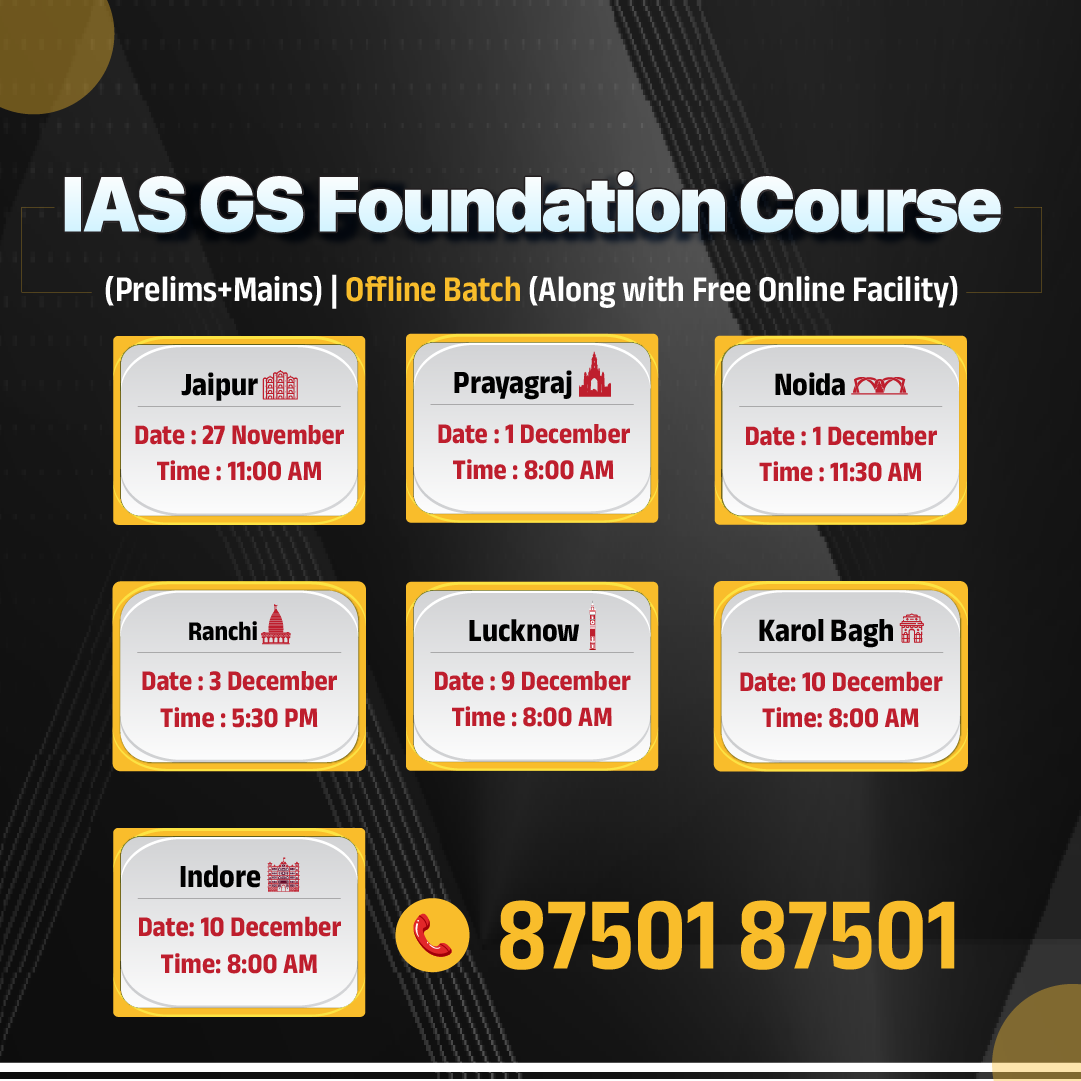
.jpg)








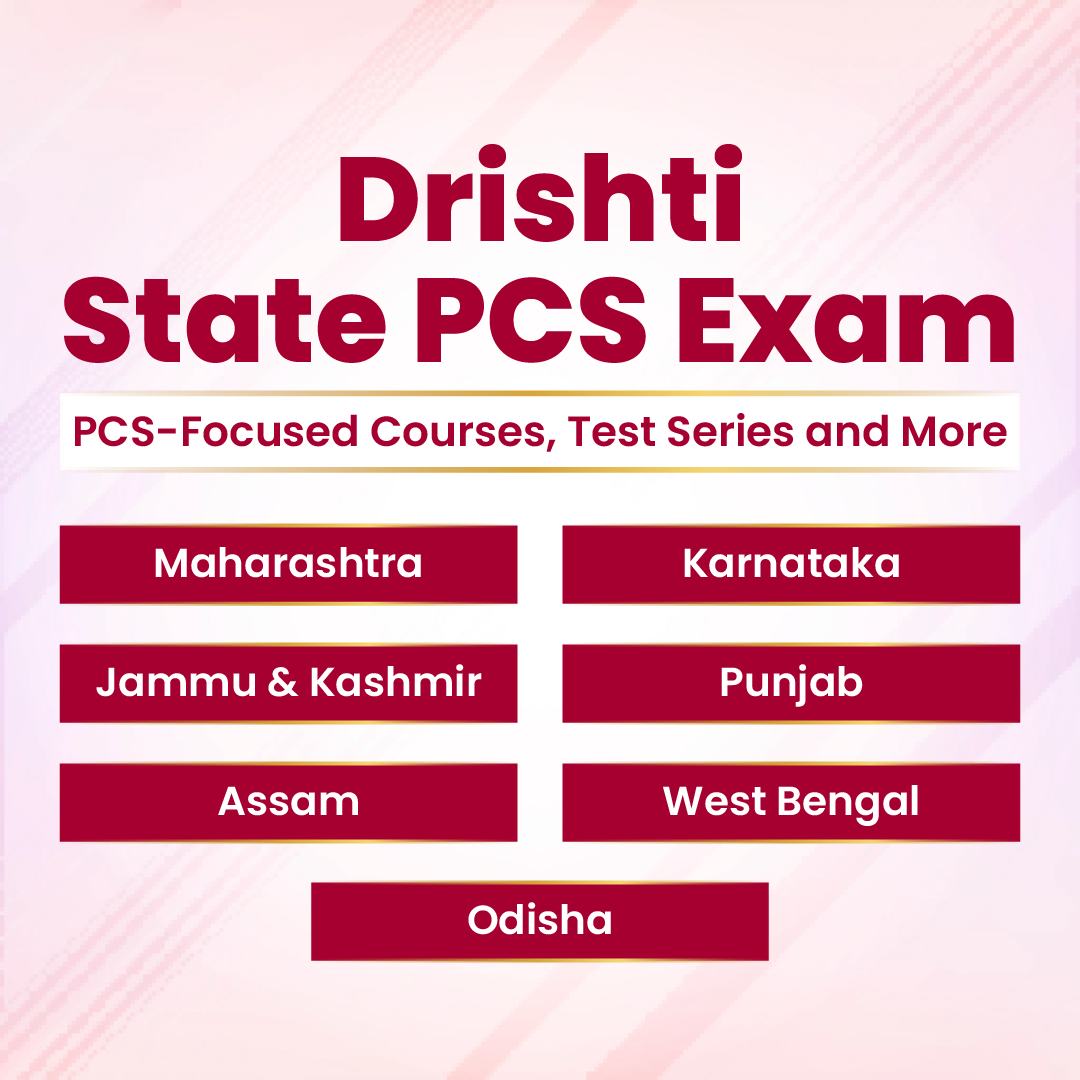

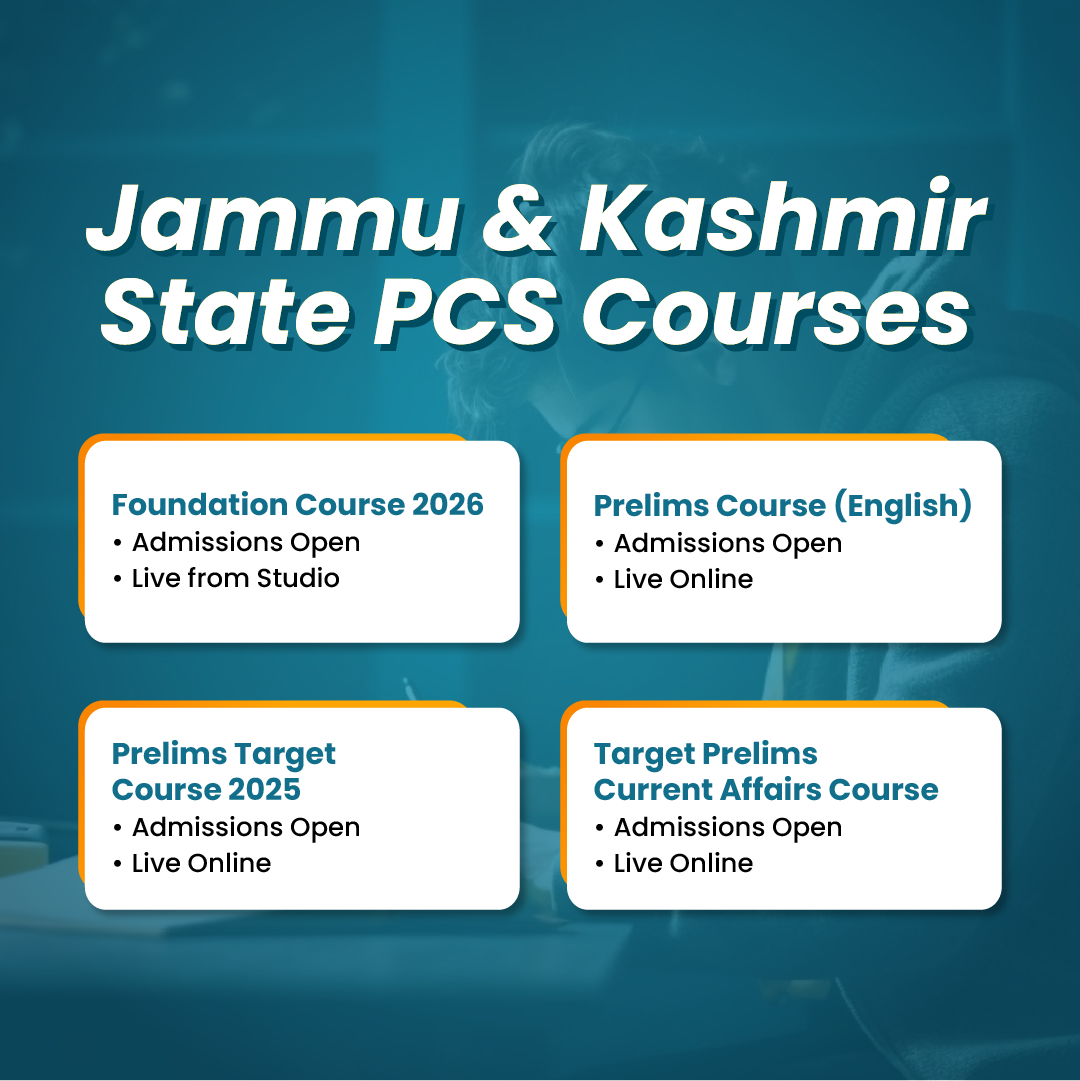

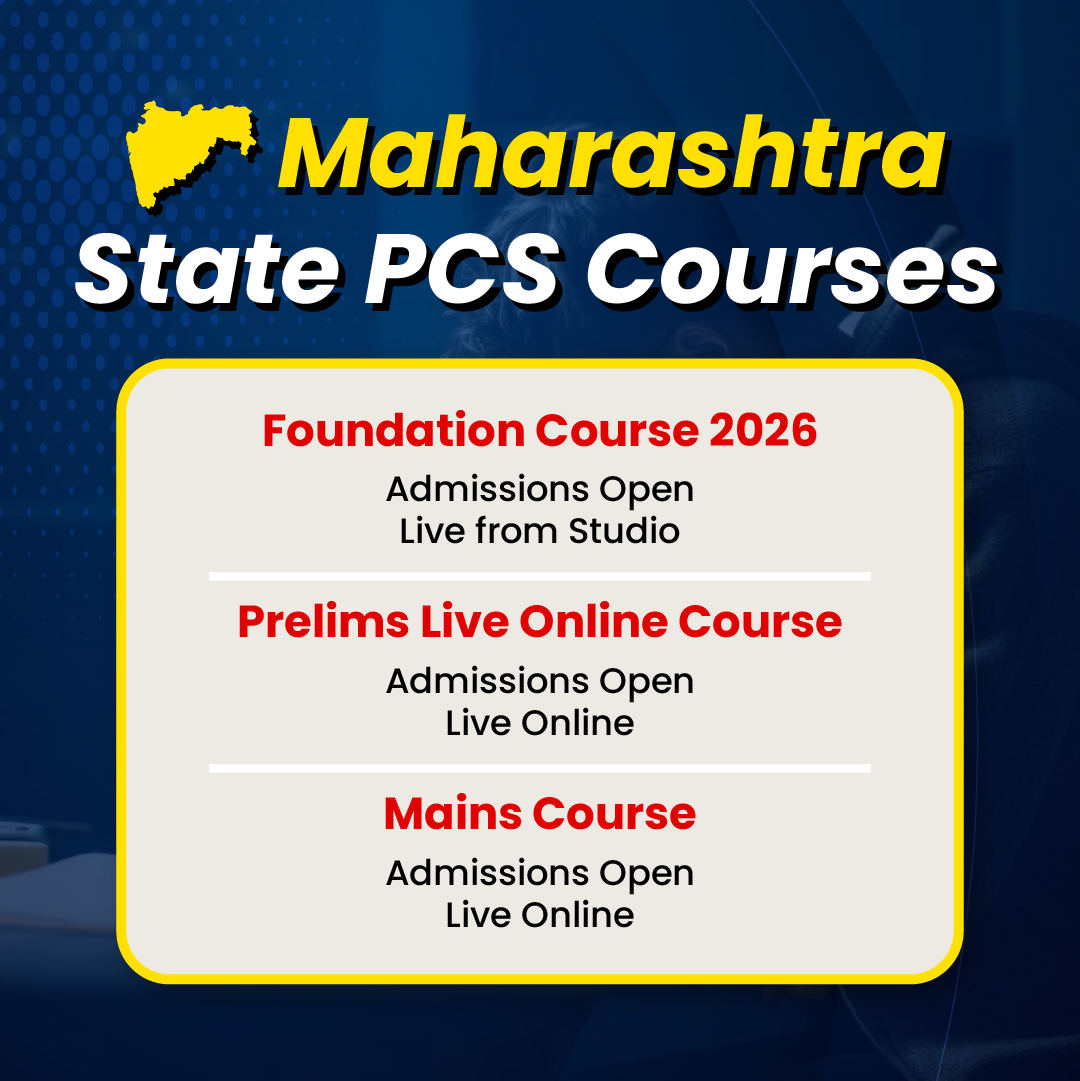

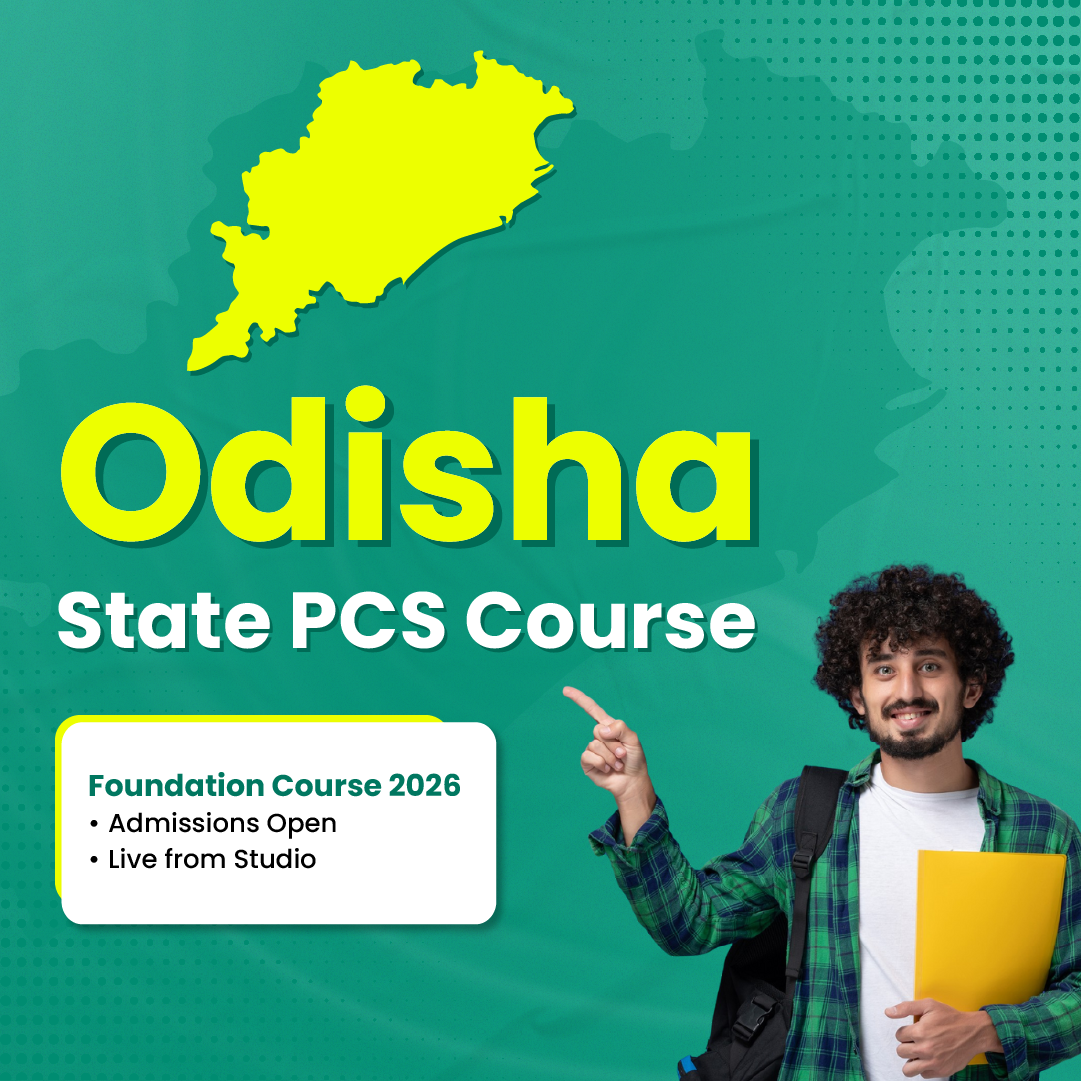



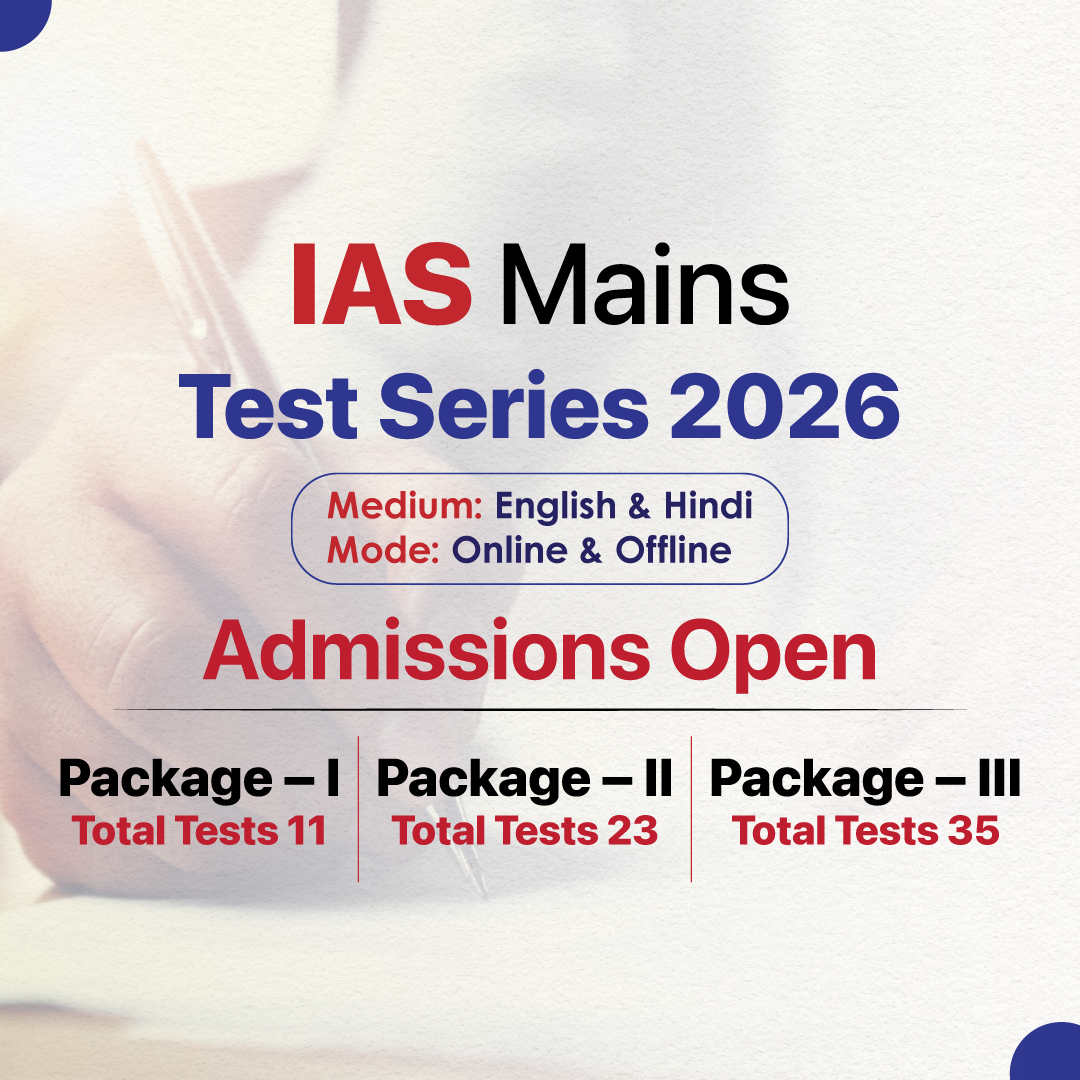

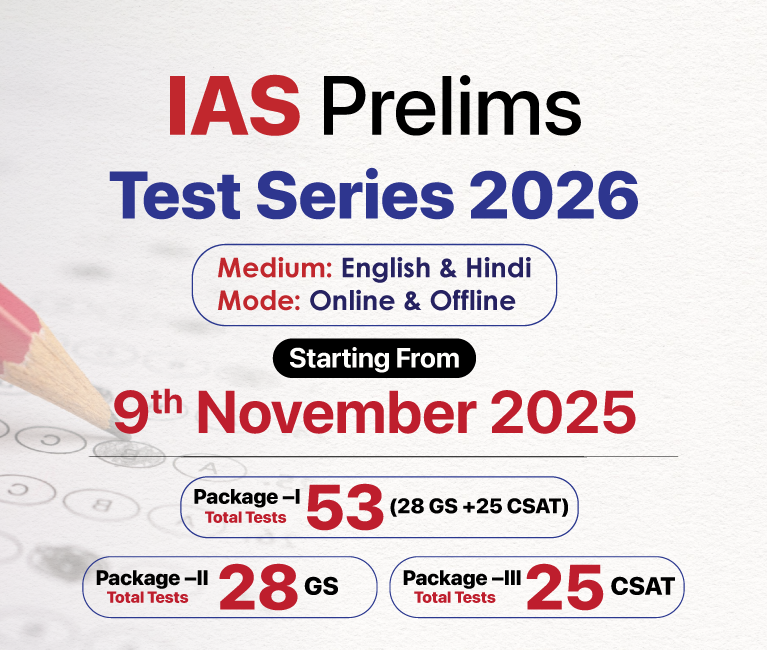


.png)


.jpg)

 PCS Parikshan
PCS Parikshan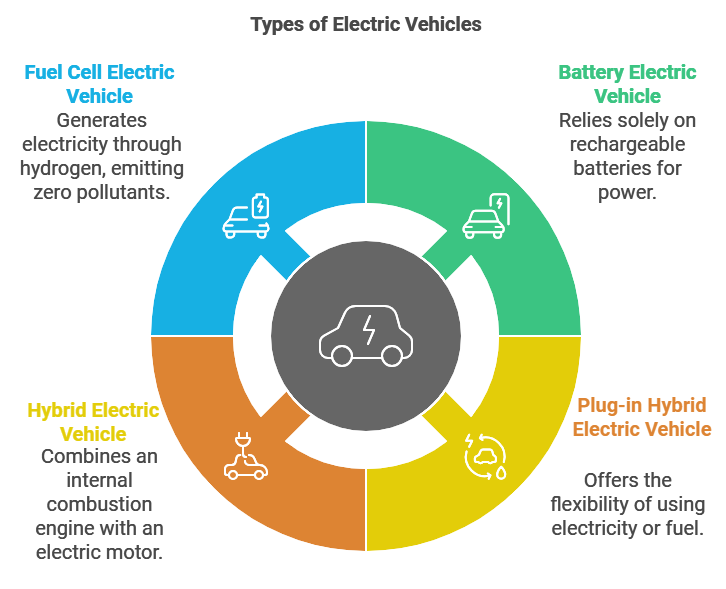
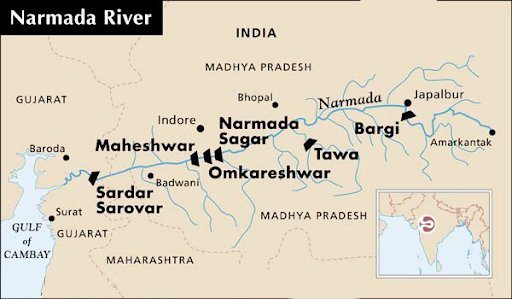
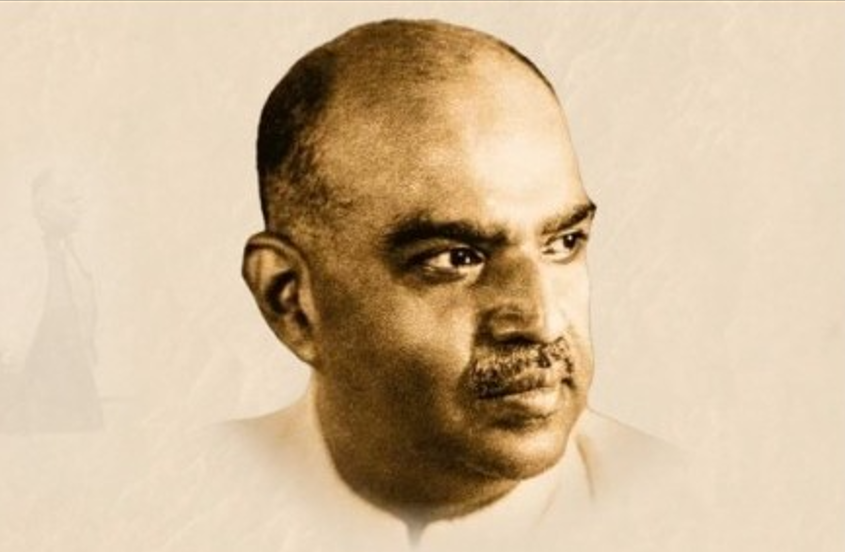
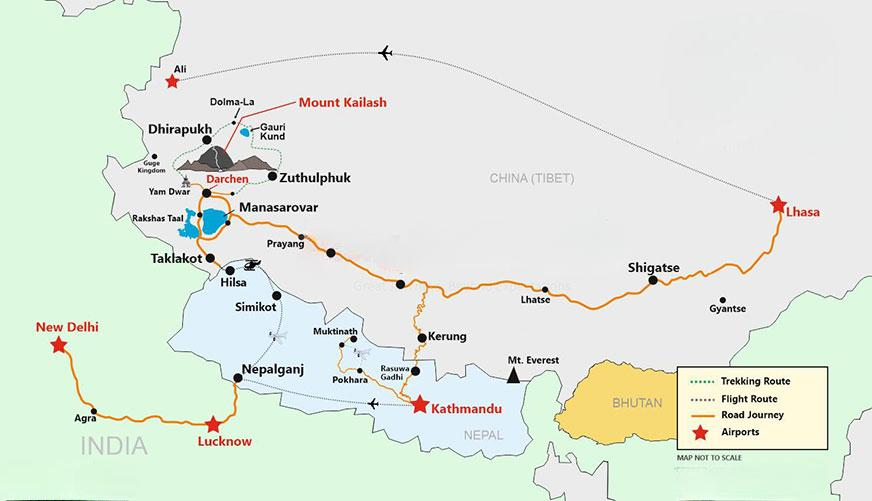
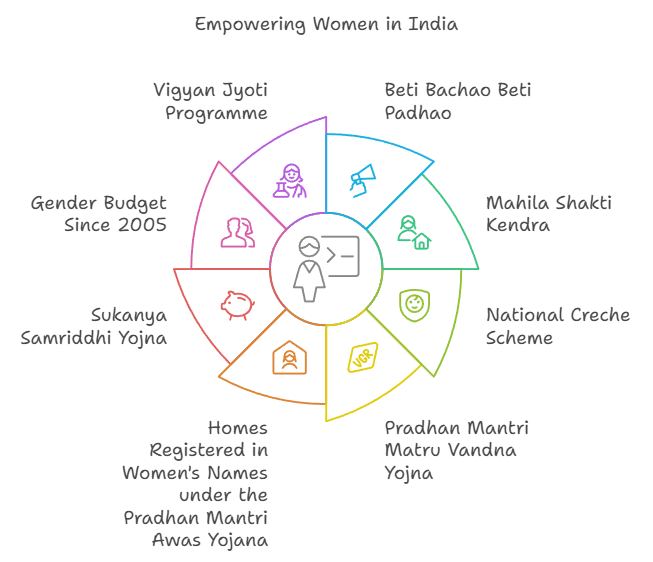
 canal.png)
